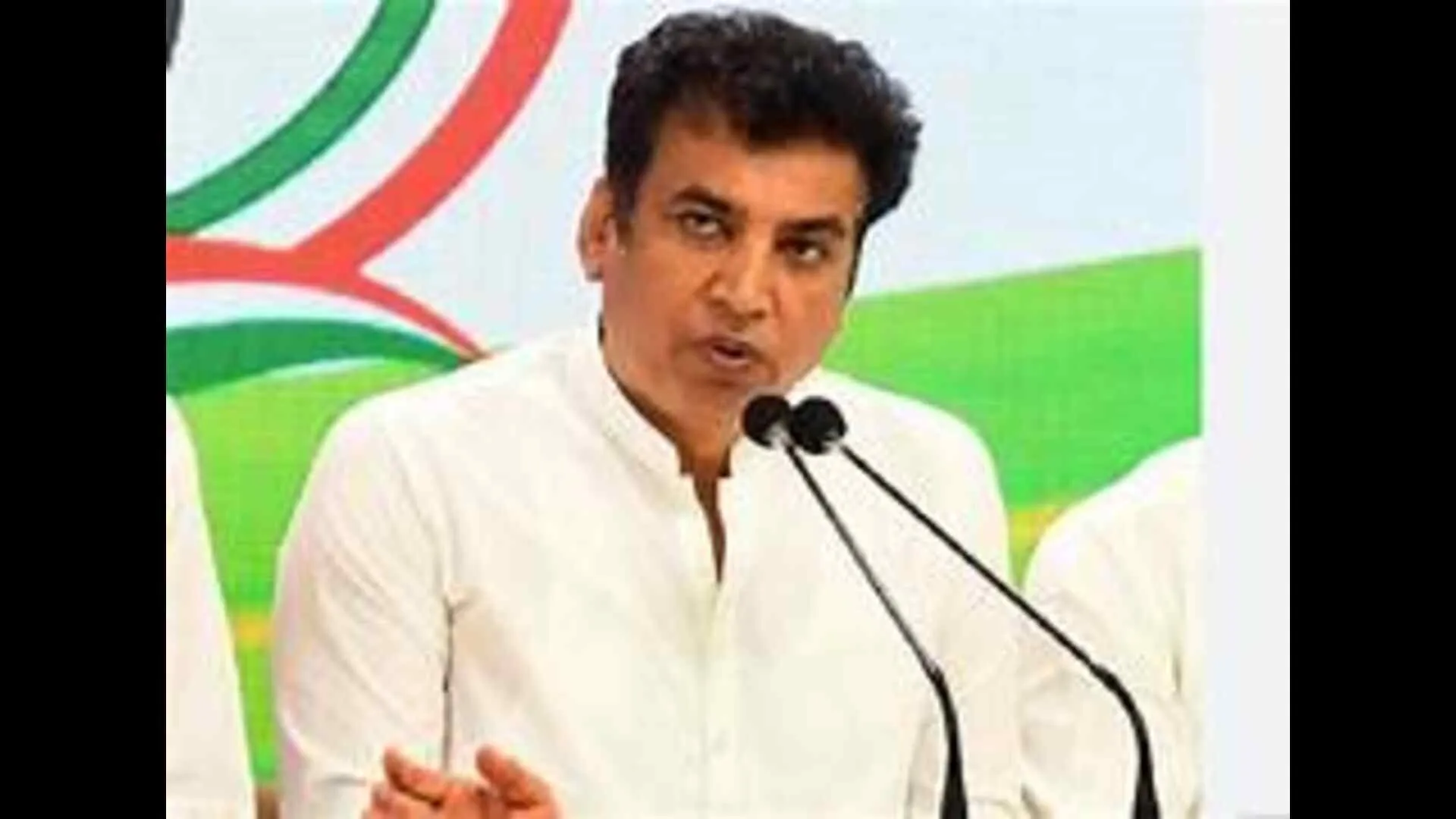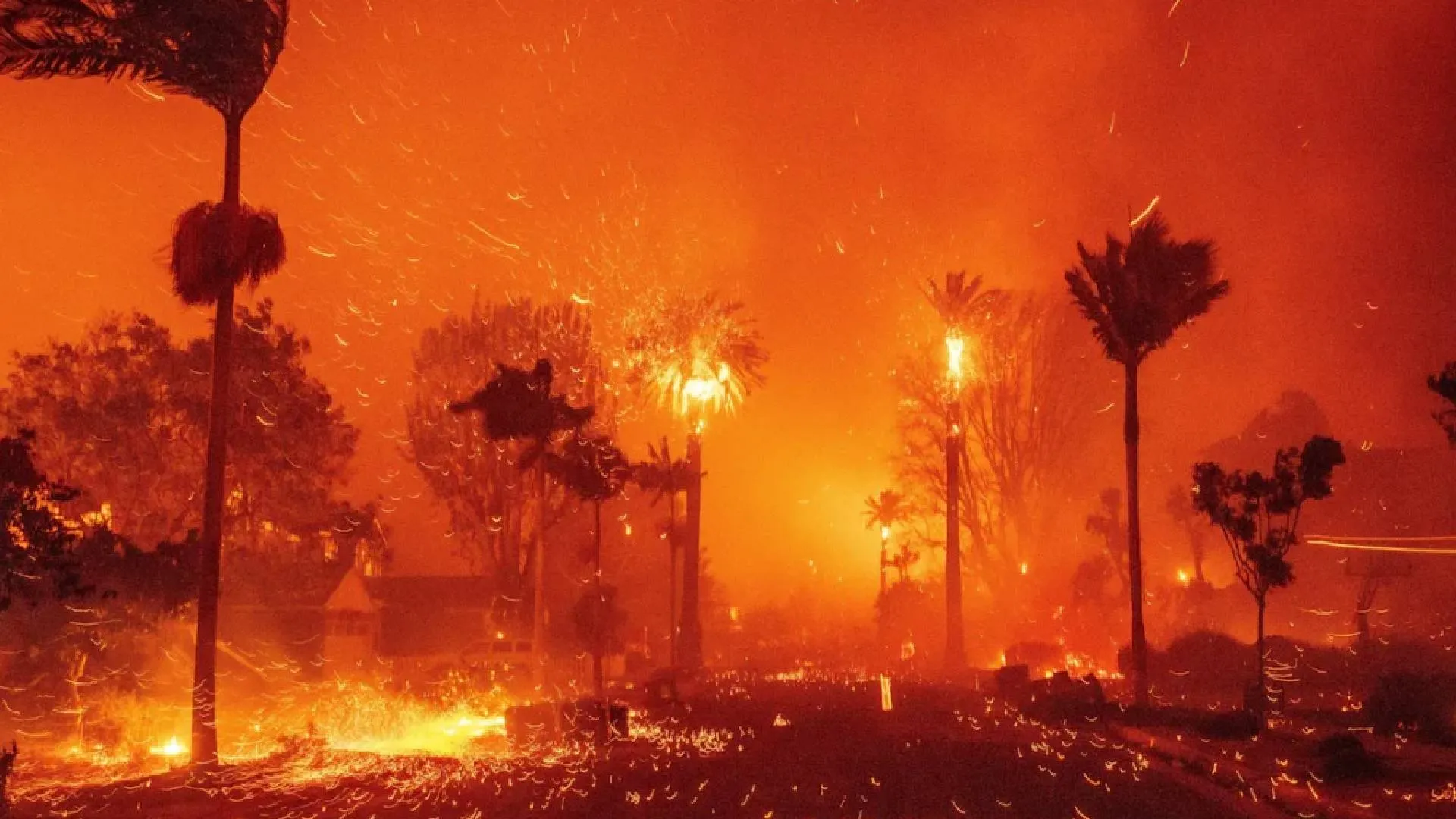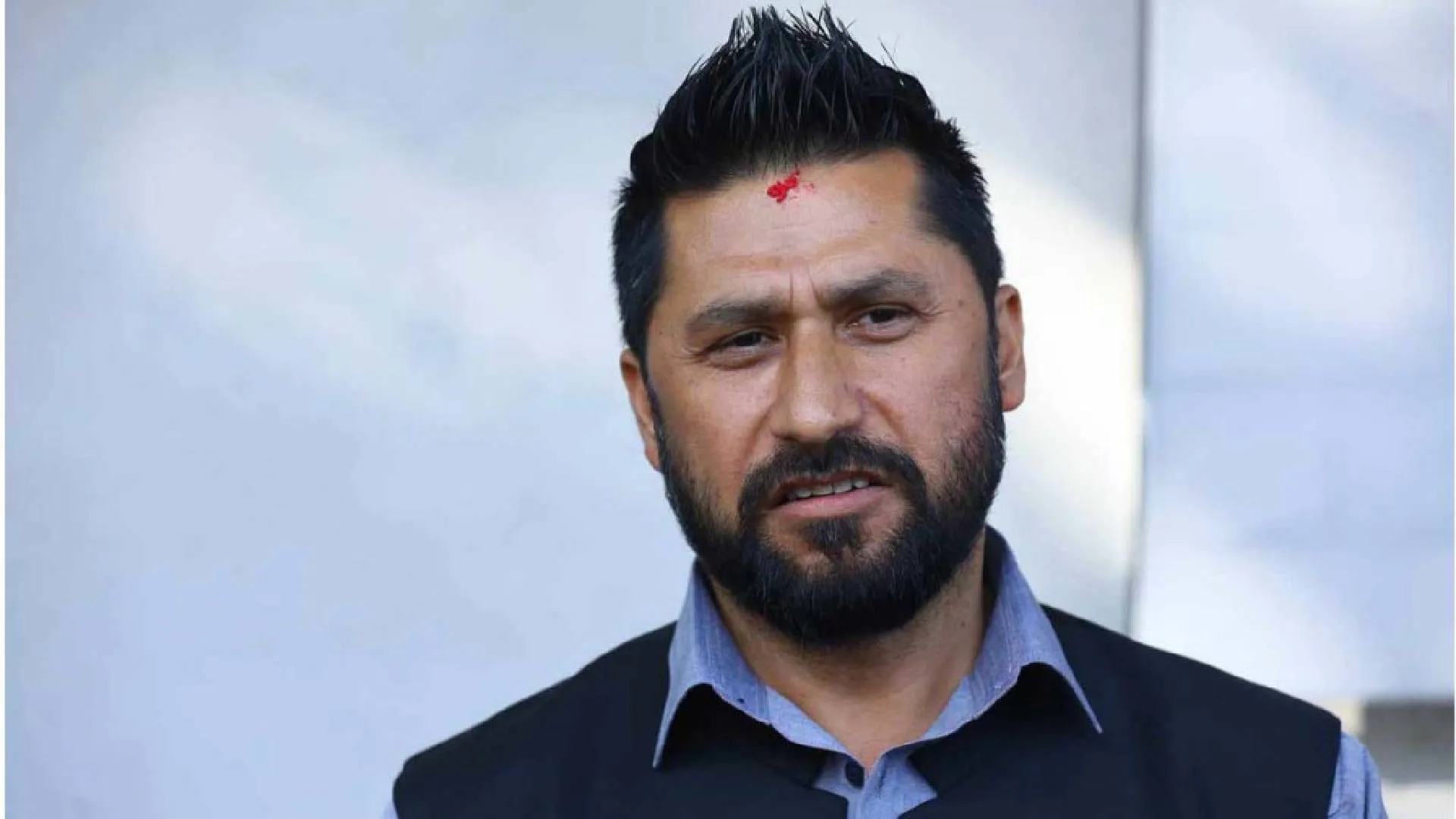Covid-19 has unarguably been one of largest pandemic in the recent times world have ever witnessed. Bringing in more disasters with itself, it triggered unparalleled economic and educational disruption in and around the world. The pandemic sparked a serious crisis in the daily life of the citizens, affecting all sectors and adversely affecting the most vulnerable.
In the recent years, Indian education has been a testimony to revolutionary transformations. This has come about as a result of major internet and digital revolutions that have transpired throughout the world. Smartphone development, artificial intelligence (AI), machine learning (ML) and user-friendly mobile Apps lately made everyone’s life easier. Educators and students are now often engaging over internet with the use of advanced teaching aids (virtual classes, audio-video medium of study materials and much more) against the traditional method of teaching that prevailed for a long period which goes back to 5000 BC. But is the new education system really effective? Does it impart a fruitful way of learning or has caused more difficulties to the student-teachers involved? Does the new age learning made concepts easier or has taken students away from the basic disciplines of education? We shall try to look into some deeper aspects of Indian education system in this article for a better and farther understanding.
GOING BACK TO THE EDUCATION MODEL IN VEDIC PERIOD
India has come a long way from the culture of Gurukul and Tapasthali education system of which Lord Rama, Lord Krishna and even the Pandavas were a part of. The fundamental goal of ancient vedic education system was to teach kids in a natural setting where the students use to live together with the notions of brotherhood, humanism, love and discipline through group discussions, self-learning amongst other means. Philosophical and practical teachings in various disciplines such as language, physics, and mathematics were provided. Moving a little forward, due emphasis was placed on arts, athletics, crafts and singing, all of which helped in improving a child’s capacity for rational reasoning. Yoga, meditation, mantra chanting and other activities aided them with happiness and peace of mind as well as helped them stay in shape. It was also required for students to undertake their own daily duties like governance, hunting, farming, archery, etc. in order to instil practical skills in them. All of this aided in the overall development of an individual’s personality which ultimately strengthened their confidence, sense of discipline, intellect, and attentiveness.
Sorry to say, the aforementioned system of education has next to died out in the modern times. The present system of education as introduced by India’s First Law Member of the Governor General in Council, Lord Macauley in 1835 is all about the rat race of being ahead of other classmates. There is no personality development, moral consciousness formation or ethical training. One of the most serious issues with the current education model is that it is more economic in nature than an institutional notion that should provide students with holistic learning. Relatively very little time is invested into any physical activity and the development of other skill set that can help a child become a better person.
LOGGING INTO THE ONLINE CLASSROOMS AND UNDERSTANDING THEIR ISSUES
India, during the unprecedented Covid-19 period saw a great deal of turbulence in the already disturbed education system. Whole world went through myriad changes and it took time for everyone to adjust to the new normal. The Covid-19 effects can be evidenced everywhere – from closure of schools and other educational institutions and hence shifting towards digital classes, online exams, online projects and what not. Initially, Indian Government chose to temporarily shut down schools in order to lessen the impact of Covid-19. Eventually, it was re-opened for elementary grades (September – November, 2021) but with increase in the number of infections again, the schools were closed again (December, 2021). This to-and-fro of reopening and closing is still on a temporary basis with formulations and mandate as per SOPs issued by different Governments. The arrangement has it’s impact on all the participants including the teachers, students and their parents.
Despite the fact that schools are physically shut, students still need to attend classes through other educational efforts such as online classrooms, seminar programs, ed-tech ventures and YouTube. On the other hand, while this is a positive idea, but many students who do not have the finances and resources to attend online classes, suffer greatly. Many students are unable to secure the necessary devices to attend online classes. Teachers, that are professionals in chalkboard, books, and classroom teaching are all new to digital education approach, but slowly they also accepting the new norm and trying to utilise the new model to the utmost way possible to help students in this extraordinary situation.
In addition to existing worries, virtual education has led to cancellation and delay in examinations, difficulty to understand and adopt to new means of technology, lack of financial aid etc. Not limited to these, there are other social difficulties faced by diverse level of people like difficulty in attending and taking online classes in a chaotic environment, at places with less network connectivity or power-cuts. Similarly, virtual education has become a bane in a majority of households where the females by default are expected to perform household chores causing an upsurge in dropout of girls to nearly 10 Million and in the educational field, during and post Covid-19. Additionally, there is a significant number of population that come to schools primarily to get mid-day meals. Online education system takes away the scope of the poor population who come to schools in search of curing hunger. Child labor not to be left behind, is also among the major challenges faced in India. Online education clubbed with lockdowns have led to raise in the number of such child labors who tend to work in order to support their families. The low-budget educational institutions are also not spared in this Pandemic, resulting the same to be shut down.
Apart from all the ruckus, there are certain other facets of education sector that saw a whole different effect on its functioning in the Covid-19 break. With the increase in online education ed-tech companies saw a sporadic growth. Companies like Google Meets, Webex Meet, Online Classroom applications got highly benefited. The Bangalore based Indian educational technology company BYJU’S became biggest ed-tech company in the world. Indeed such companies turned the crisis into an opportunity for themselves.
VARIOUS INDIAN GOVERNMENT INITIATIVES
Though the educational model shift due to Covid-19 and practical challenges have been taken into account during the 2020-21 year’s learning losses, however if the same have been considered to frame a forward-thinking strategy to construct a resilient system that can survive any future shocks is something we’ll explore. The National Education Policy 2020 (NEP 2020) and subsequent government initiatives such as the National Digital Education Architecture 2021 (NDEAR) and the National Initiative for Proficiency in Reading with Understanding and Numeracy 2021 (NIPUN Bharat) are some of the recent moves by the Government with an ambitious aim to provide a roadmap for education sector transformation. Governments, civil society organisations, schools, and teachers made concerted efforts to offer access to classes and reduce learning losses. The Central Government developed initiatives such as PM eVIDYA as part of the national recovery efforts to boost the education sector. State governments and civil society organisations also launched numerous programmes to give students with access to classes in a variety of ways.
To reduce the number of students who drop out and to guarantee that out-of-school children are not negatively impacted by school closures, Ministry of Education (MoE) from time-to-time has issued guidelines which mandates education and training for both groups of students. Out-of-school children would receive non-residential instruction from volunteers, local teachers, and communities, while students with special needs would receive home-based training from volunteers and special educators. Similarly, the MoE has authorised States and Union Territories to conduct door-to-door surveys to identify the number of out-of-school youths aged between 6 to 18 years and then to conduct school enrolment drives.
To facilitate the transition and make education accessible to all, the Indian Government launched Digital Infrastructure for Knowledge Sharing (DIKSHA), an educational programme which gives learning access through TV channels for students and teachers to learn concept of education online and give and take assessments virtually. Study Webs of Active-Learning for Young Aspiring Minds (SWAYAM PRABHA) are all part of the initiative which empowers the students to have dynamic learning modules available at home only. To provide Open Online Courses (Swayam MOOCs) for open schools and pre-service education takers, widespread use of radio, community radio, podcasts and digital study material for the differently-abled, various State Governments, civil society organisations and social entrepreneurs have also joined together to address the issue of digital divide.
A unique measure was adopted by the Dakshin Kannada district’s Public Instruction and Panchayat Raj departments, which performed a door-to-door survey to identify youngsters under the age of 18 who had dropped out of school. The Gujarat Government launched the Command & Control Centre 2.0, which uses ML and Al for Periodic Assessment Test (PAT) and school attendance data to anticipate valuable insights such as how many schoolchildren are likely to migrate, locations to which they will migrate and students at greater risk of dropping out. Gyan Loks, which will function as learning environments for out-of-school children have been launched by the government of Delhi. These specialised training facilities will be outfitted with cutting-edge equipment such as projectors and SMART TVs. The goal of these Gyan Loks is to provide a pleasurable learning experience to dropouts or out-of-school youngsters in order to prevent them from dropping out again.
The Ministry of Education has reinforced the National Initiative for School Heads’ and Teachers’ Holistic Advancement (NISHTHA) to build the capability of 4.2 Million elementary school teachers and principals. Before the pandemic, the programme was carried out in person, however, it was created entirely online in accordance with the multimodal teaching-learning process. Each elementary-level teacher has received financial assistance of up to INR 1000 on a reimbursement basis for purchasing pen-drives, module prints, and high-speed data-pack connectivity plans, with payment contingent on successful completion of the training course.
WAY FORWARD FOR SOMETHING EVEN SEVERE THAN COVID-19
Governments, Non-Governmental and local organisations, social entrepreneurs and philanthropic institutions need to work together to address the digital gap by presenting access to digital devices, particularly for students from disadvantaged groups. It is also critical to investigate low-cost technology options for enabling teaching methods so that they are affordable to all segments of society. Future classrooms may need to use a blended learning strategy that combines the benefits of traditional classroom training with technology.
The epidemic accelerated digital use in educational settings. NEP 2020 recognizes the investment in 21st century education infrastructure and believes that technology has the potential to play a vital role in bridging learning gaps during the recovery period. As a result, the NEP 2020 advocates adequate technological integration at all levels of education. Technology has the potential to improve classroom operations, promote teacher professional development, increase educational access for underserved populations, expedite educational planning, administration and management. This may entail standardisation and systematic integration of ed-tech companies in formal education in order to ensure equitable and quality education delivery using technology. With these catastrophic experiences, it becomes a matter of severe concern to make advancements in the infrastructure of prevailing education system in India. Nonetheless we need to take lessons that with advancement in technology, there remains more ways for extraordinary disasters to come. As the world moves ahead, the old contemporary ways to furnish and facilitate education also needs to get addressed. Questions entailing the preparedness to survive any more or severe destruction needs to be answered more frequently and more sagaciously.






















